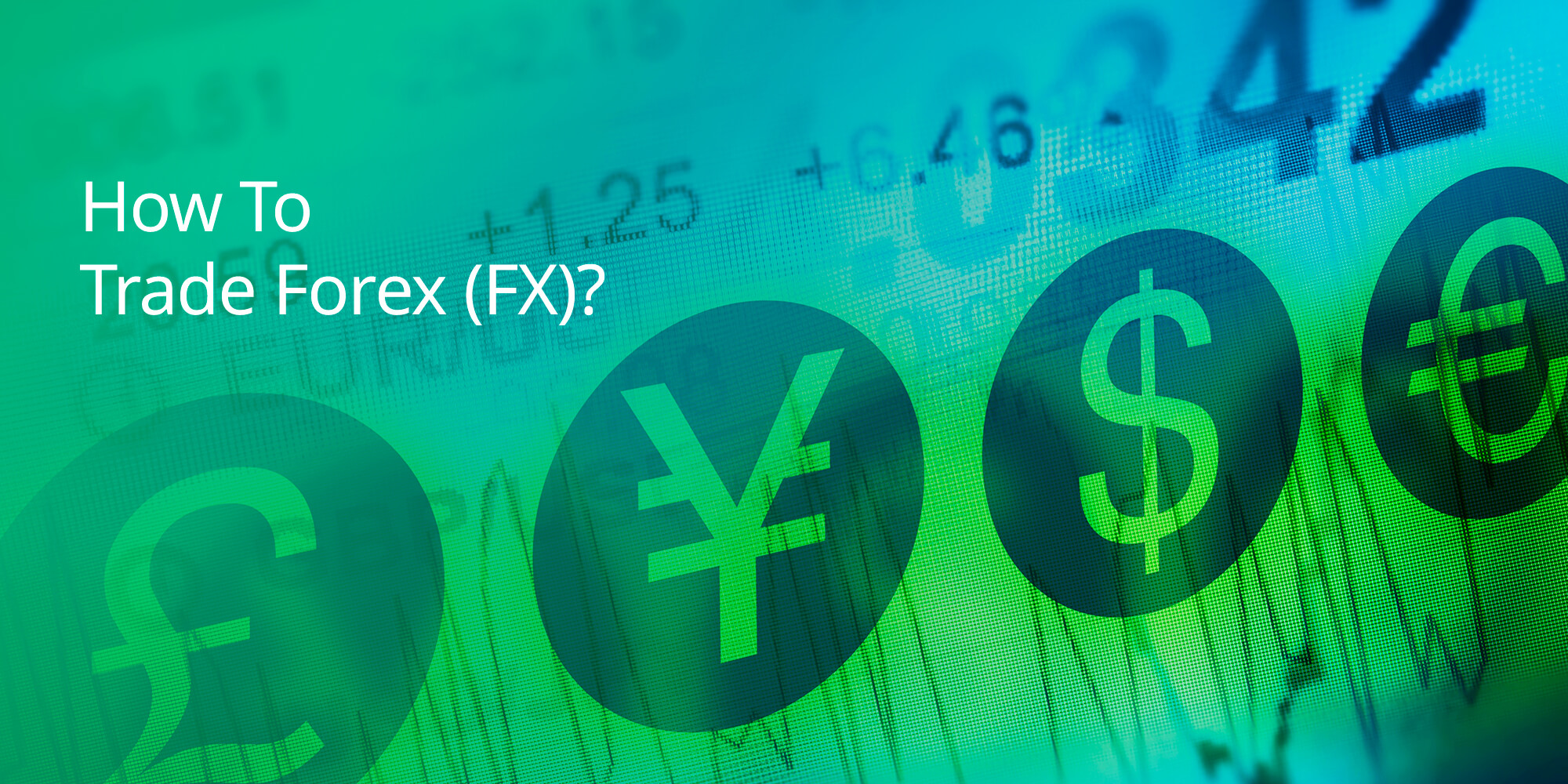Introduction
Explore the world of Forex (FX) trading with Plexytrade. Our platform offers access to a wide array of currency pairs, advanced charting tools, and competitive spreads, empowering you to navigate the Forex market wisely. This beginner’s guide provides essential insights into Forex trading mechanics, currency pairs, and key concepts like leverage and margin. Begin your Forex trading journey with Plexytrade and discover the potential of the global currency market.
What Is Forex Trading
Forex trading involves exchanging one currency for another, aiming to profit from fluctuations in exchange rates. It’s a decentralized market where currencies are traded in pairs and traders speculate on the price movement of these pairs. The forex market operates 24 hours a day, five days a week, making it accessible for traders worldwide.
Base and Quote Currencies
In forex trading, currency pairs consist of a base currency and a quote currency. The base currency represents the first currency in the pair, while the quote currency indicates how much of it is required to purchase one unit of the base currency. For example, in the EUR/USD pair, the euro is the base currency, and the US dollar is the quote currency. If the exchange rate indicates 1.3010, this means 1.3010 US dollars are necessary to buy one euro.
Currency Pairs Explained
Currency pairs are fundamental in forex trading, serving as the primary trading instruments. Each pair reflects the relative value between two currencies, allowing traders to speculate on which will strengthen or weaken. Major, minor, and exotic pairs categorize the combinations based on factors like trading volume, liquidity, and volatility. Understanding these categories aids traders in developing effective trading strategies tailored to their preferred market conditions.
Major Currency Pairs
Major currency pairs dominate global trading due to their high liquidity and frequent trading volume. These pairs typically include the US dollar (USD) paired with other strong currencies like the euro (EUR), British pound (GBP), Japanese yen (JPY), Swiss franc (CHF), Canadian dollar (CAD), Australian dollar (AUD), and New Zealand dollar (NZD). Examples include EUR/USD, USD/JPY, and GBP/USD. Traders often prefer these pairs due to their tighter spreads and lower transaction costs.
Minor Currency Pairs
Minor currency pairs consist of currencies that do not involve the US dollar. These pairs, also known as cross-currency pairs, include combinations such as EUR/GBP, AUD/NZD, and GBP/JPY. Generally, these pairs exhibit lower liquidity than their major counterparts, which can result in wider spreads and increased volatility. Understanding the complexities of minor pairs allows traders to tap into opportunities outside the primary dollar-focused market segments.
Exotic Currency Pairs
Exotic currency pairs feature a major currency paired with the currency of an emerging or smaller economy. Examples include USD/TRY (US Dollar/Turkish Lira) or EUR/THB (Euro/Thai Baht). These pairs tend to be less liquid, leading to higher volatility and potential slippage. Additionally, external economic factors can heavily influence price movements. Recognizing the risks innate in trading exotic pairs is crucial for your trading strategy and risk management.
How Forex Trading Works
Forex trading involves the exchange of one currency for another, aiming for profit from fluctuations in exchange rates. Understanding its complexities helps you navigate the forex market effectively.
Market Structure
The forex market operates as a decentralized global entity. It functions around the clock, five days a week, allowing you to trade across various time zones. Major trading centers include London, New York, Tokyo, and Sydney. Each of these centers influences currency movements, creating volatility and opportunities for profit. Various forex trading providers and brokers facilitate market access, enabling you to engage in trades seamlessly.
Trading Sessions
Trading sessions play a crucial role in forex forces. The market is divided into three main sessions: Asian, European, and North American. Each session contains different currency pairs that exhibit varying volatility based on economic events and news releases. For instance, the overlap between the European and North American sessions often results in heightened activity, offering you significant trading opportunities. Understanding each session’s characteristics allows you to time your trades more effectively.
Market Participants
Several market participants drive forex trading. These include central banks, institutional investors, hedge funds, corporations, and retail traders. Central banks influence exchange rates through monetary policy. Institutional investors and hedge funds engage in large-volume trades, affecting market liquidity. Corporations partake in forex transactions for international trade, while retail traders like you contribute to overall market forces by executing trades on various platforms.
Forex Lot Sizes
Lot sizes determine the volume of a trade in the forex market. You may encounter three primary types of lots: standard, mini, and micro. A standard lot consists of 100,000 units of the base currency, while a mini lot represents 10,000 units, and a micro lot equates to 1,000 units. Choosing the appropriate lot size depends on your trading experience, account balance, and risk tolerance. Understanding lot sizes directly impacts your profit potential and risk management strategies.
Understanding PIPs
PIPs, or “percentage in point,” serve as a standard unit of measurement for currency price movements. Most currency pairs are quoted to four decimal places, with one pip representing a 0.0001 change in price. For example, if the EUR/USD moves from 1.1000 to 1.1001, it has increased by one pip. You can use pips to assess your gains or losses during a trade. Additionally, tracking pips helps you compare and evaluate trade performance effectively.
Leverage and Margin
Leverage allows you to control a larger position with a smaller capital outlay. In forex trading, leverage ratios often range from 1:100 to 1:500, enabling substantial profit potential. Margin refers to the minimum deposit required to open or maintain a position, determined by your chosen leverage. For example, with a 1:100 leverage ratio, a $1,000 margin allows you to control a $100,000 position. Being aware of leverage and margin helps you manage your risk and ensure your trading experience is both profitable and sustainable. Plexytrade allows you to benefit from the advantages of the leverage ratio up to 1:2000. However, traders should always be cautious while using leverage considering the possible risks of a false estimation of trend direction.
Conclusion
Forex trading offers exciting opportunities, but understanding the market dynamics and managing risk are crucial. Plexytrade equips you with the tools and knowledge needed to succeed in this dynamic market. Remember, informed decisions and effective risk management are key to profitable Forex trading. Visit plexytrade.com today to open your account and start trading Forex with confidence up to 1:2000 leverage!















